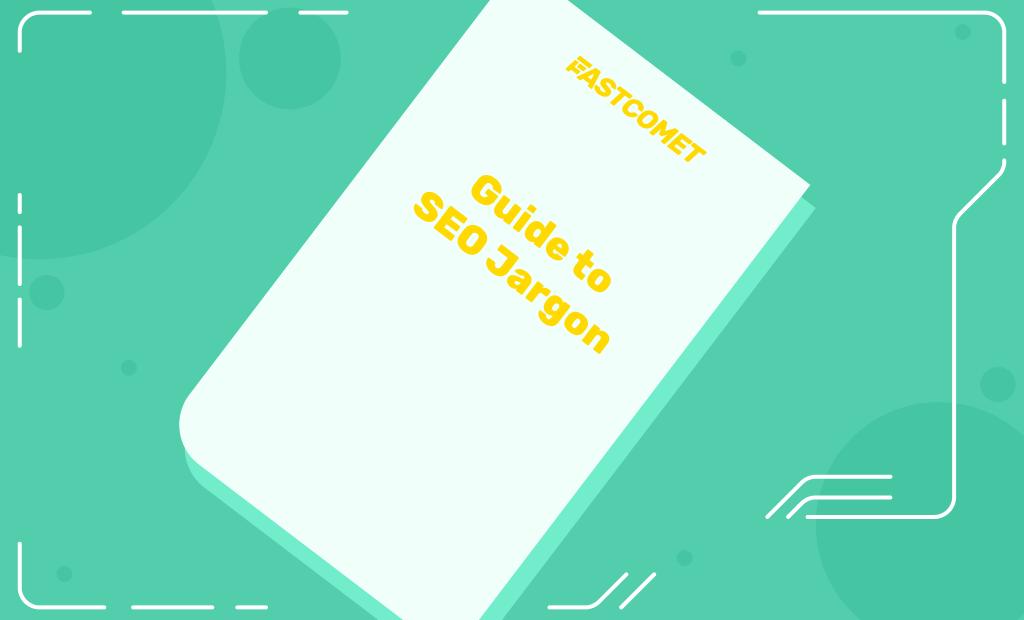
Mobile Parity: Why It’s Essential and How to Proceed
The shift in user behavior from desktop to mobile web browsing is primarily attributed to the rapid growth in technology and the fact that we have powerful computers in our pockets. Because of this rise in mobile internet usage compared to desktop internet usage, Google announced on July 1, 2019, that they would start mobile-first indexing for all new websites. This means that Google is crawling/indexing your website from a mobile smartphone agent, compared to a desktop user agent. So yes, Mobile Parity is crucial, especially if you want your website to prosper.
Initially set to go into full effect in September 2020, the mobile-first indexing deadline was moved to March 2021 based on this announcement.
As digital marketers and business professionals, we tend to work on our web properties from a desktop view, but making sure the mobile view is just as good is something to consider. That’s where a mobile parity audit comes in. Ensuring your mobile experience matches your desktop experience will yield positive results from search engines and your users.
This comprehensive article will cover what a mobile parity audit is and how to conduct one. Let’s get started!
Table of Contents:
What is a Mobile Parity Audit?
A mobile parity audit is an audit that is focused on comparing the differences between a mobile and desktop experience and noting errors. The term “parity” is defined as “the state or condition of being equal,” which we are trying to achieve in light of the mobile-first index.
In most cases, a mobile parity audit will be quick due to responsive websites, but it’s always best to check.
And for sites that have built separate mobile website experiences, this is an audit that shouldn’t be overlooked.
How to Conduct a Mobile Parity Audit
Tools You Will Need
You’ll need to use a crawling tool and spreadsheet software to conduct a mobile parity audit.
- Screaming Frog – Screaming Frog will be used to crawl your website with different user agents. While it’s a Freemium tool, Screaming Frog is one of the best on the market.
- Spreadsheet Software (Microsoft Excel or Google Sheets) – Google Sheets or Microsoft Excel will be used to sort and filter through data to fuel the analysis.
How to Collect the Data (Requires Paid License)
Crawl the Website with the Googlebot (Desktop) User-Agent
- Open up Screaming Frog and navigate to Configuration → User-Agent:
- From there, choose Googlebot (Desktop) under Preset User-Agents.
- Start the crawl by entering your URL.
- Once finished crawling, save the Internal HTML pages.
Crawl the Website with the Googlebot (Smartphone) User-Agent
- Open up Screaming Frog and navigate to Configuration → User-Agent.
- From there, choose Googlebot (Smartphone) under Preset User-Agents.
- Start the crawl by entering your URL.
- Once finished crawling, save the Internal HTML pages.
Compile the Data into Spreadsheets
Once you have both data sheets exported from Screaming Frog, you will line up your URLs. The metrics you want to pay attention to are:
- Inlinks;
- Crawl Depth;
- Word Count;
- Title Tags;
- Meta Descriptions.
How to Analyze the Data
This is an essential step since you will be drawing actionable insights. Here are the things you should pay attention to:
Check if the Number of Crawled Pages Match
When looking at your combined spreadsheet, take a look to see if the number of pages crawled matches. If a set of pages isn’t showing up on mobile, that may be a sign that you are missing internal links somewhere.
See if There Are any Pages or Sets of Pages that Differ in Crawl Depth
Inspect the crawl depth of both sets and take note of any pages that have a difference. Maybe pagination changes from desktop to mobile or a sidebar with internal links disappears.
Ensure There is No Considerable Difference in Word Count
The number of words is okay to be different, but it should be investigated if there is a significant difference. Being sure that the mobile version has the same core content as the desktop page will ensure rankings don’t take a dip when the crawler changes for your site.
Check Whether There are Pages Missing Inlinks
Check to see if pages are missing internal links. If there are inconsistent inlinks, that could impact your rankings if not already on the mobile-first index.
Make Sure that the Metadata is Consistent
If you rely on the desktop to ensure your metadata is what you want it to be, like meta descriptions and title tags, comparing those to mobile is imperative. In some cases, the metadata may be different, and porting over the version you’ve been optimizing is the next step.
How to Conduct a Visual Audit
After you’ve run through the various questions outlined above, you want to conduct a visual audit to confirm that those things are occurring. Do this by having two windows open, one in mobile device view and the other in standard desktop view.
Alternatively, you can look at it on a laptop or computer and your smartphone.
If you suspect a noticeable difference in word count, you may notice that the text missing on mobile is a sidebar “about” description. In instances like that, you’ll be fine.
Place your focus on areas that will have a higher impact.
For example, if your key landing pages are now five clicks away from the homepage on mobile instead of three, that should be resolved.
Conclusion
Maintaining a positive user experience between devices is imperative for success. You don’t know if visitors will come in on their iPhones or laptops. The mobile parity audit will ensure you hit those points and are prepared for the complete shift to the mobile-first index. Mobile parity audits are for achieving parity between desktop and mobile website experiences. The mobile parity audit will be relatively quick if you have a responsive site. Also, don’t forget to pay attention to the highest impact discrepancies.

The latest tips and news from the industry straight to your inbox!
Join 30,000+ subscribers for exclusive access to our monthly newsletter with insider cloud, hosting and WordPress tips!



No Comments